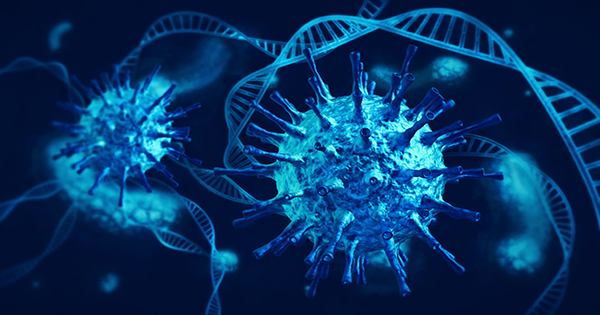There is always a “patient zero” when a fancy disease that can infect humans occurs. Physicians investigating patients who present with an abnormal set of symptoms raises the question: could it be “Disease X”?
WHY DO WE NEED TO FIND DISEASE X?
This year, the news and our lives have been dominated by the Kovid-1p epidemic, which is now the leading cause of death in the United States, killing more people than cancer or heart disease. When it became known to science, it joined SARS and MERS as another coronavirus for which mankind has never been able to create a vaccine.
After months of research, development, and global collaboration, there are now several vaccines available to prevent COVID-19 or its worst and deadliest symptoms. However, the world lost more than a million people in the time it took to make the vaccine. The concept of Disease X is our way of life and the medicines we have prepared reduce the chances of another deadly disease around the world by shortening this deadly time.
WHAT IS DISEASE X?
According to the World Health Organization (WHO), Disease X is the name of a placeholder that is used to present the knowledge that “there could be a serious international pandemic caused by a pathogen currently unknown to humans.” The idea of naming an as of yet fictitious disease is to increase our preparedness for the next pandemic by researching what’s out there and developing treatments to tackle groups of diseases.
WHICH ANIMALS SPREAD DISEASES?
Rats, bats and insects are all responsible for transmitting the disease to humans and some of these animals (especially bats) act as reservoirs of disease. This term summarizes a person, animal, plant, soil, or substance that is naturally a host for an infectious agent that multiplies without causing any noticeable symptoms for the carrier. While these animals become a significant source of disease, in other living diseases the disease is exacerbated by diseases that do not last very long after being infected.
WHERE COULD DISEASE X COME FROM?
Zoonotic disease (a disease that spreads from animals to humans) is responsible for some of the worst epidemics and pandemics in human history. Worst of all, the way things work in different parts of the world has made it easier for these diseases to enter a human host. Habitat degradation is one of the main reasons why when we destroy the land inhabited by animals, we are forced to relocate them, many of whom live side by side with humans.
What is human-to-human catch disease?
Yellow fever, influenza, rabies, and Lyme disease are examples of these diseases that have passed from animals to humans, sometimes reaching us through intermediate hosts. One theory for the origin of COVID-19 is that it was the subject of research into the origin of the disease, from bats to mediating hosts and pangolins, tree stumps and civets. At the time of writing, we still do not know which species first transmitted the coronavirus to humans, and we will probably never find it.















